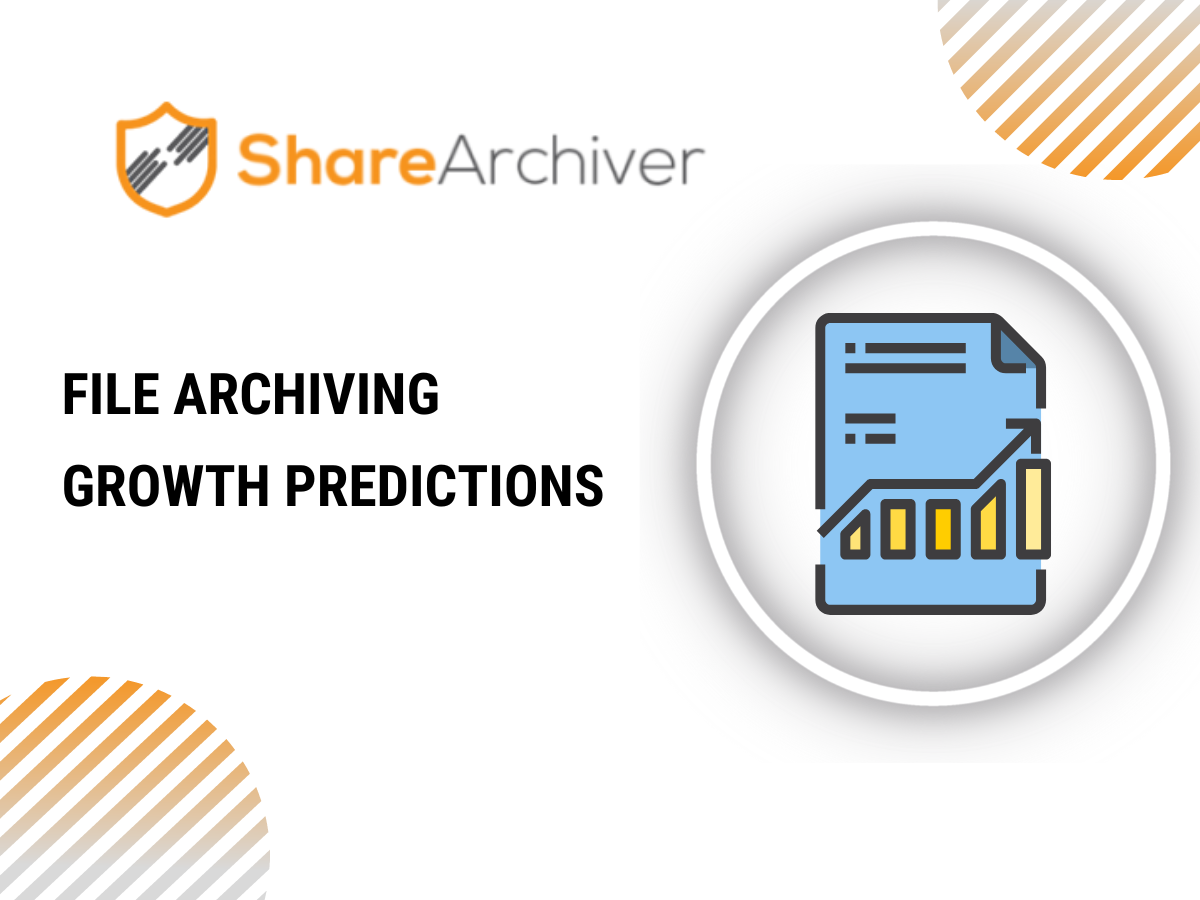Forrester estimates that the volume of data that businesses store is growing by up to 50% per year. It’s thought that by 2020, businesses globally will be producing 50 times as much data as they are today. What does this mean for your archiving software? And more importantly – what does it mean for the cost of maintaining it?
Let’s consider what data is being stored. Gartner estimates over 80% of stored data hasn’t been used or changed in the last 90 days. What this means is that businesses are retaining astonishing volumes of old and inactive data. File storage is usually blamed for the huge volume in data growth which is why it’s quite shocking to realize that much of the growth in data volume can be attributed to backup data. It’s thought that from 2010-2012, the average store of backup data grew 42% – much more than the growth in file storage during the same period.
The file archiving situation
So this is the situation businesses are facing: they are already sitting on large archives of data, their file server archiving needs are growing AND much of the data they are storing is inactive. Legal constraints (which we explored in our last blog) require the data to be retained even though file archiving is a significant cost to the business.
So how do you tackle the problem? A number of tools exist to help control the volumes of data being stored. These include de-duplication, compression, stubbing, and analysis tools such as those offered by ShareArchiver’s file archiving solution. Tools such as these are created to reduce the volumes of data stored and hence minimize the costs of maintaining your data archive. And it’s already working – the cost of storing your file archive is around one-sixth of the cost it was less than a decade ago. If data grows as predicted over the next decades, businesses are going to need to stay smart to stay on top. Make sure your business is using all the tools it can to keep a lid on its file archiving.








